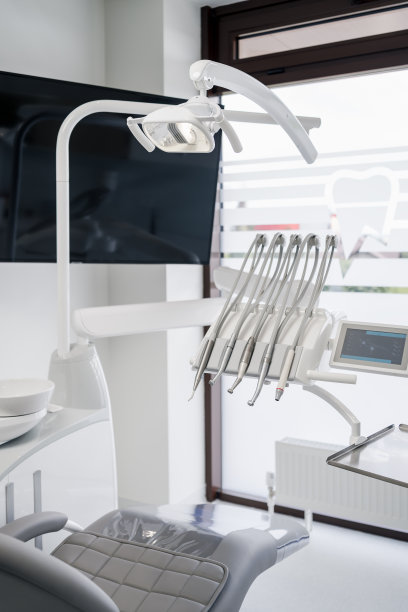Understanding the Necessary Steps and Care Involved in Extracting a Tooth for Optimal Oral Health
Summary: Tooth extraction is a crucial procedure to maintain optimal oral health, often necessitated by damage, decay, or overcrowding. This article explores the necessary steps involved in the extraction process as well as the post-extraction care essential for recovery. We will delve into the preparation and planning stages before the extraction, the procedure itself, vital post-extraction care, and the importance of follow-up visits. Understanding these steps will ensure a successful tooth extraction experience and minimize complications while promoting overall oral health.
1. Preparation and Planning Before Extraction

Before a tooth is extracted, proper assessment and diagnosis are crucial. This typically involves a thorough examination by a dentist and might include X-rays to evaluate the tooths position, surrounding bone, and potential complications. Through this evaluation, the dentist can determine the best extraction method and prepare the patient for what to expect during the procedure.
The importance of discussing medical history cannot be overstated. Patients should inform their dentist of existing medical conditions, medications, and previous allergic reactions. Such information ensures that the dentist can take necessary precautions, such as prescribing antibiotics to avoid infections or adjusting anesthesia to accommodate the patients health profile.
Once the planning phase is complete, the dentist will provide detailed instructions to the patient. This may include dietary restrictions, stopping certain medications, and arranging for post-procedure transportation, as many patients receive sedation during the extraction, which may impair their ability to drive afterward.
2. The Extraction Process: Step-by-Step
The extraction procedure begins with the application of local anesthesia to numb the area around the tooth. Depending on the complexity of the extraction, sedation may also be recommended to help the patient stay relaxed and comfortable. Once the area is numb, the dentist will begin the extraction by carefully loosening the tooth from its socket.
In some cases, a simple extraction is sufficient, where the tooth is removed in one piece. However, for impacted teeth or those with deep roots, a surgical extraction may be necessary, which involves incisions to access the tooth. Each step must be performed with precision to minimize discomfort, bleeding, and tissue damage.
Once the tooth is removed, the dentist will clean the extraction site to ensure no debris is left behind. Gauze may be placed over the extraction site to control bleeding and encourage blood clot formation, a crucial step in the healing process.
3. Critical Post-Extraction Care Tips
Following a tooth extraction, post-operative care is essential for proper healing. Patients should follow the dentists instructions regarding the bite on gauze, taking prescribed medications, and managing pain. Keeping the gauze in place for a few hours helps to control bleeding and promotes clot formation.
Maintaining a soft-food diet for the first few days is advisable. Foods like yogurt, applesauce, and soup are gentle on the extraction site and prevent any irritation. Additionally, it is important to avoid straws, as the suction can dislodge the blood clot, leading to complications such as dry socket.
Hydration is also vital, but patients should refrain from rinsing their mouth vigorously for the first 24 hours. After that, gentle saltwater rinses can help keep the area clean and reduce inflammation. Ice packs applied externally to the cheek can alleviate swelling and discomfort during the first 48 hours post-extraction.
4. Importance of Follow-Up Appointments
Follow-up visits are integral to the recovery process, allowing the dentist to assess the healing progress and address any complications that may arise. During these appointments, the dentist can examine the extraction site, remove stitches if necessary, and ensure that the site is healing properly without signs of infection.
Additionally, these visits provide an opportunity for patients to discuss any concerns or symptoms they may be experiencing after the extraction. Open communication with the dentist is key to resolving issues early and ensuring smooth recovery.
Moreover, follow-up appointments can also serve as a reminder to patients regarding the importance of regular dental check-ups to monitor the overall health of their mouth. Maintaining routine visits can help prevent future dental issues and contribute to long-term oral health.
Summary:
In conclusion, the process of extracting a tooth, when appropriately managed, can lead to optimal oral health. Preparation and planning involving thorough examinations, discussing medical history, and following procedural instructions set the foundation for a successful extraction. The execution of the extraction itself must be performed with care, followed by diligent post-extraction care to promote healing and prevent complications. Lastly, follow-up appointments are crucial to ensure the health and healing of the extraction site while facilitating ongoing oral care.
This article is compiled by Vickong Dental and the content is for reference only.



